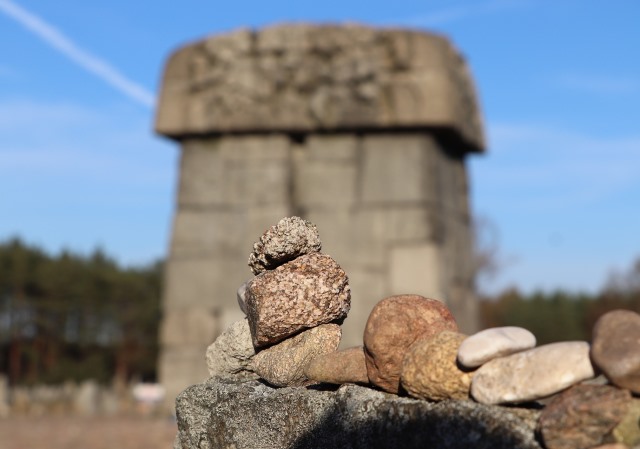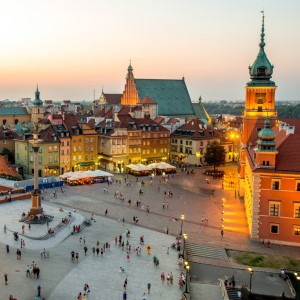WARSAW & SURROUNDINGS
Warsaw City Tour
Drive along the Royal Route with its numerous churches, monuments, historic buildings, palaces and the Parliament. Pay respects at the former Jewish Ghetto monuments, and see the Grand Theatre, the Tomb of the Unknown Soldier and Palace of Culture and Science the Soviet “wedding cake” skyscraper.
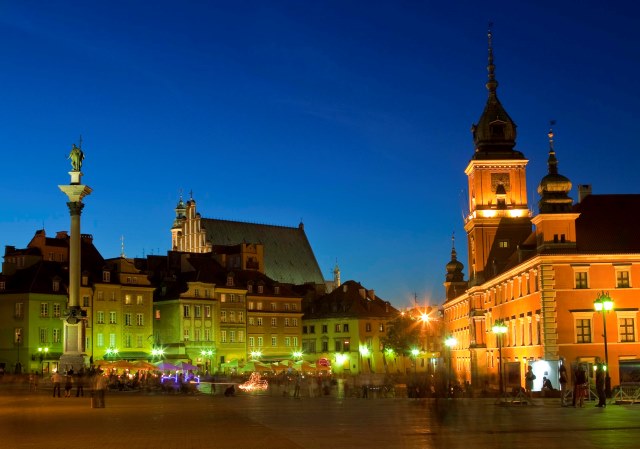
Warsaw Old Town – UNESCO list
Carefully rebuilt after the WW2 total destruction, was put on the UNESCO list of Human Heritage. The highlights include: The Royal Castle, the Barbican, The Market Square and the King Wasa column – the city landmark.
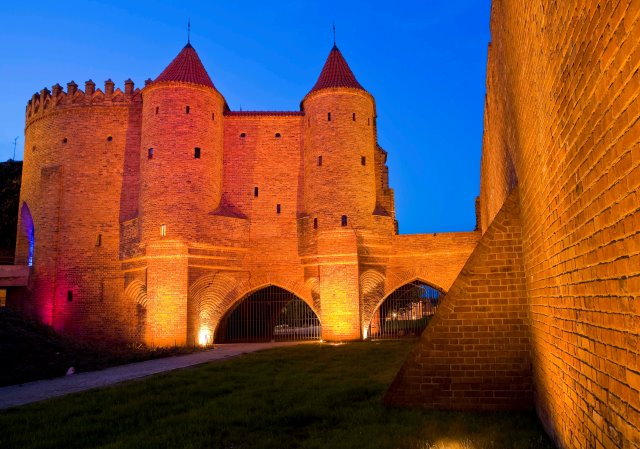
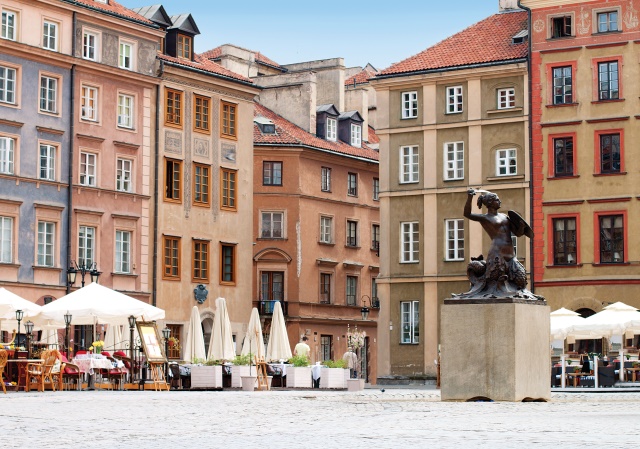
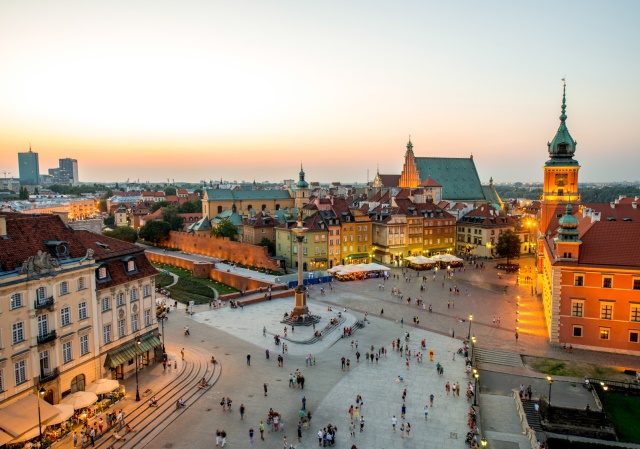
Łazienki Park
Łazienki, one of the most beautiful parks in Europe, was founded in 1766 by Stanisław August Poniatowski, the last king of Poland. The Palace on the Water, the royal residence is the most famous building in the complex.
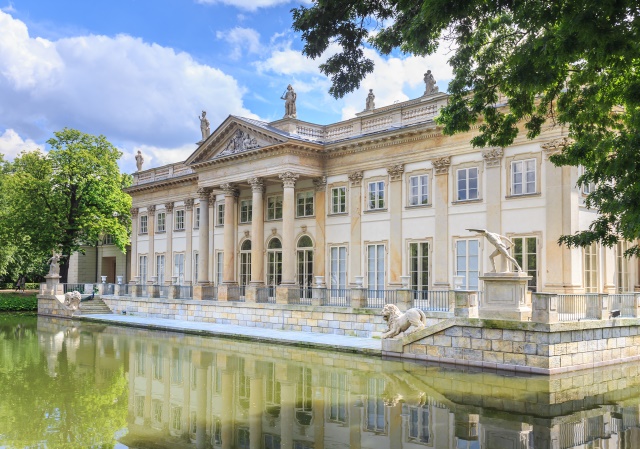
Wilanów Palace and Park
Summer residence of King Jan III Sobieski which Varsovians call “(very) Little Versailles”. Its magnificent interiors include furniture and china from the period of Sobieski’s victory over the Turks at the gates of Vienna in the 17th century.
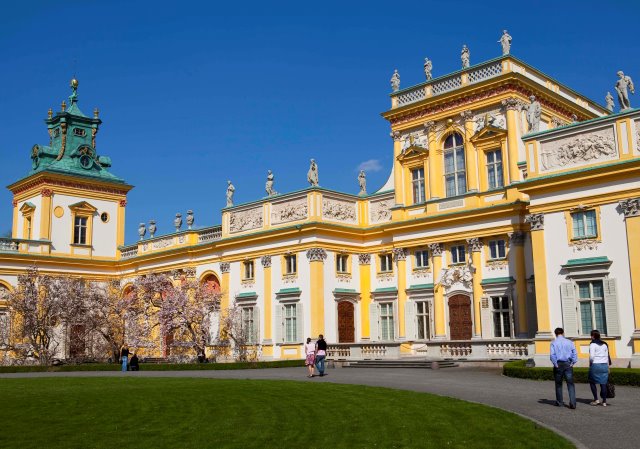
The Royal Castle
The Royal Castle is a symbol of Polish statehood, where many important historic events took place, including the passing of the first Polish Constitution in 1791. The castle dates back to the 13th century, though it owes its current shape to the early Baroque period.
A tour of the castle presents its magnificent interiors: the Courtrooms, the Parliamentary Rooms and the Royal Apartments. Numerous paintings displayed there include portraits of Polish monarchs and the works of Bernardo Bellotto Canaletto.
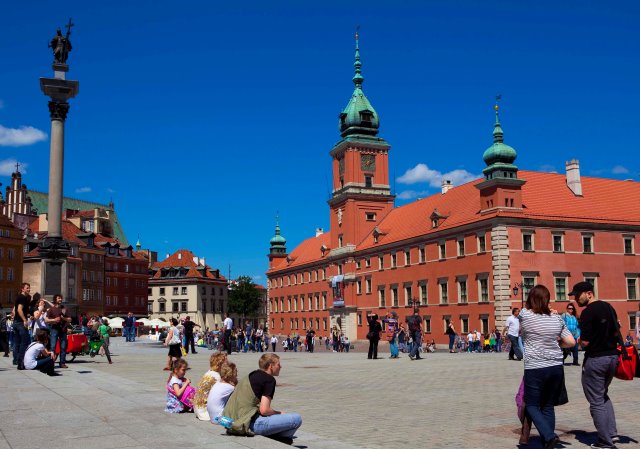
‘New generation’ museums
Excellent choice for those who prefer to get engaged rather than listen to the guide’s commentary (although traditional guided tours are available as well). Chopin Museum commemorating a famous composer and Museum of the History of the Polish Jews Polin are great options for those who like the ‘touch screen’ way of learning the history. The imitated sounds of bombardments and testimonials of the horror recorded for the Warsaw ’44 Rising Museum will be printed in your memory deeper than any traditional museum exhibit.


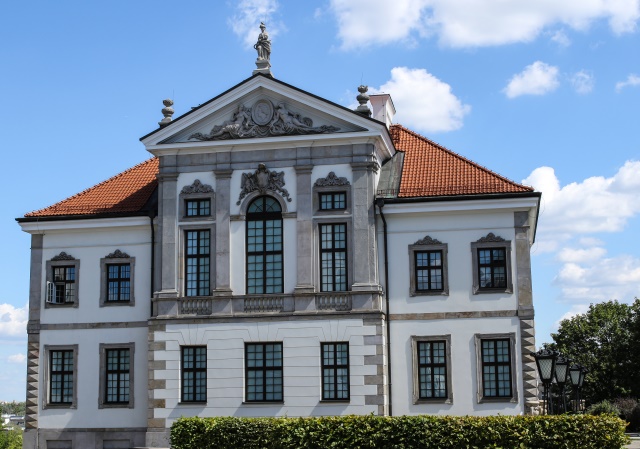
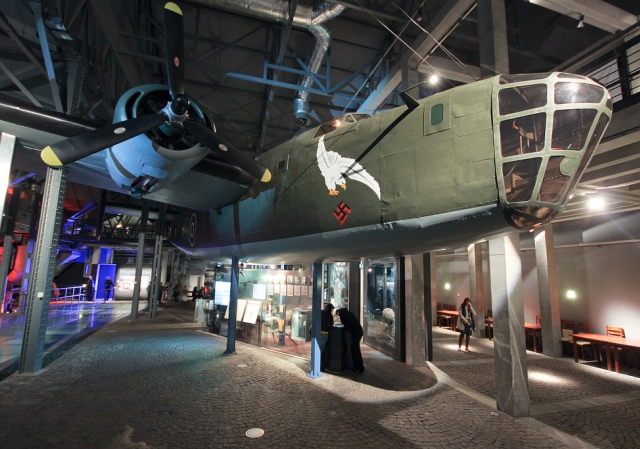
Undiscovered Warsaw – Praga District
The 19th and 20th century architectural legacy of the Praga district, buildings which survived WW2 but were rather neglected since then, lend the district its unique character. Hence film makers, such as Polański, seeking authentic fragments of pre-war Warsaw for the film “The Pianist” come to streets like Mała Street to shoot on location. The flowers on the balconies and the numerous Marian shrines in the courtyards give the narrow streets an added charm. You can still see the traces of adverts for shops, some of which are in Russian, dating back to the 19th century.
One of the many attractions is the Różyckiego Street Bazaar, which has been around for over 100 years. There are signs of Warsaw’s multicultural past and present. Across from the Gothic spires of the St Florian Cathedral gleams the typically Russian cupola of the Mary Magdalene Orthodox Church. Visitors are also attracted by Praga’s industrial architecture (eg. the Koneser Vodka Factory).
The specific atmosphere of the right bank of the Vistula has also encouraged several galleries, cafes and clubs to open here and more and more Varsovians are proud to say “my heart is on the right side”.
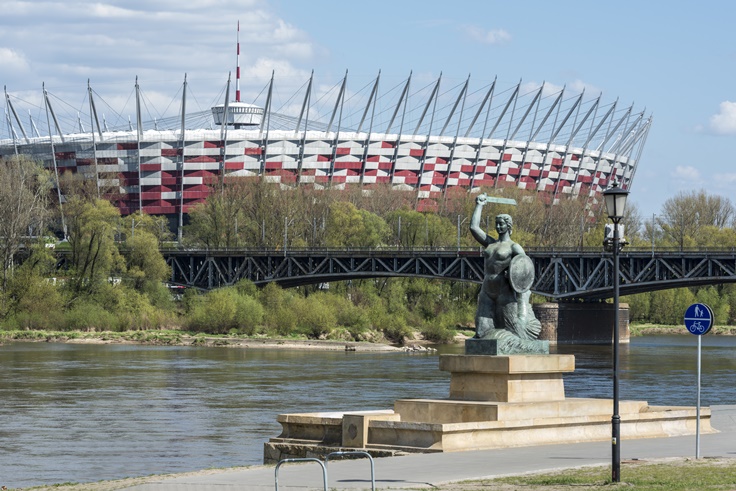
Żelazowa Wola – Frederic Chopin’s birthplace
A 1-hour drive takes you to the picturesque birthplace of the Great Polish Composer. This charming
Polish manor is surrounded by beautiful grounds with hundreds of rare plant species.
The tour of the manor is accompanied by recordings of Chopin’s works. Private concerts available.
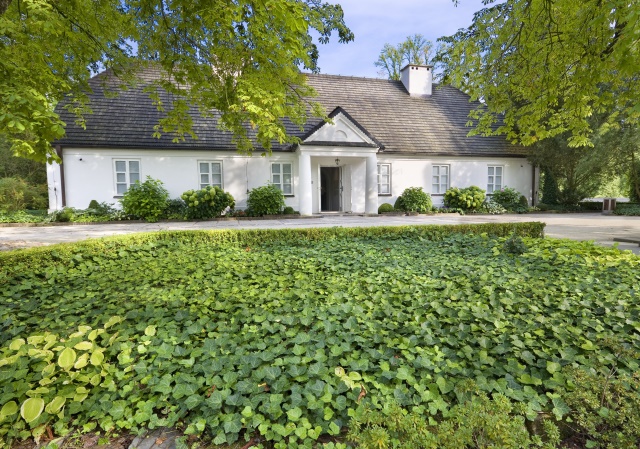
Brochów, Arkadia, Nieborów, Łowicz
The trip to Żelazowa Wola can be extended to a full day tour. Add Brochów, a typical Masovia region village with a Renaissance Basilica, where Chopin was baptized.
Nieborów, the next town we visit, has landscaped gardens and a splendid 17th century Baroque palace.
Nearby Arkadia Park – boasts Romantic follies such as Diana’s Temple, and Sibyl’s Cave.
In Łowicz, famed for its colourful processions, the open–air museum of local art is worth a visit all year round.
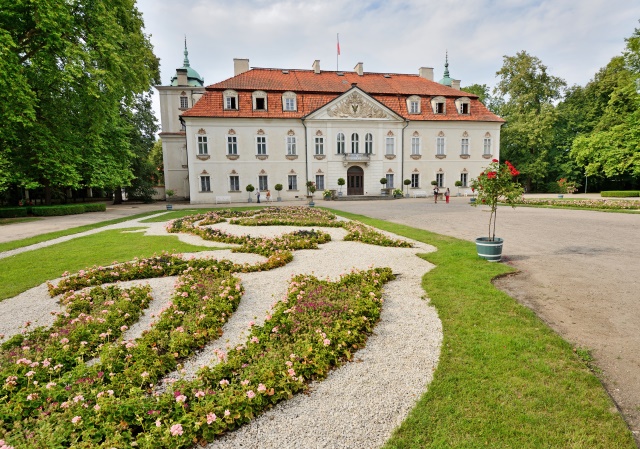
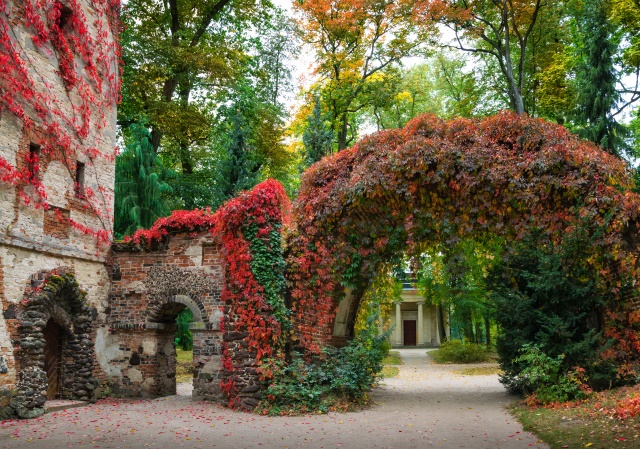
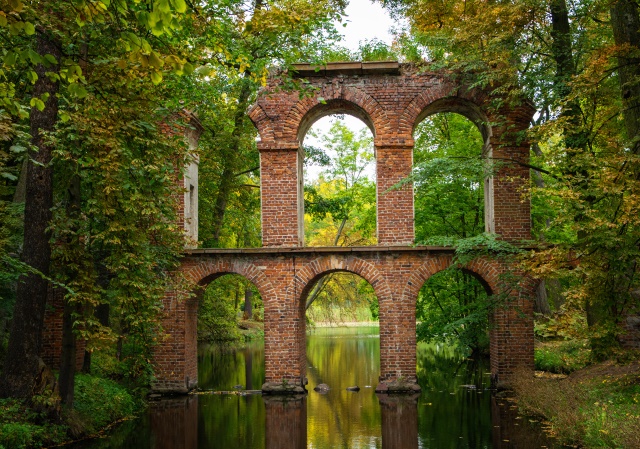
Kazimierz Dolny, Warka
Kazimierz Dolny dates back to the 14th century. Picturesquely located on the bank of the River Vistula, the town attracts visitors with its irresistible charm. Nowadays it is a Mecca for artists, coming here to gain inspiration from the breathtaking landscape. The quaint Market Square with some fine Renaissance buildings is overlooked by the ruins of a Gothic castle.
En route we stop in Warka to visit the Puławski Museum, devoted to this Polish American hero, commemorated by the “Puławski Parade” in New York.
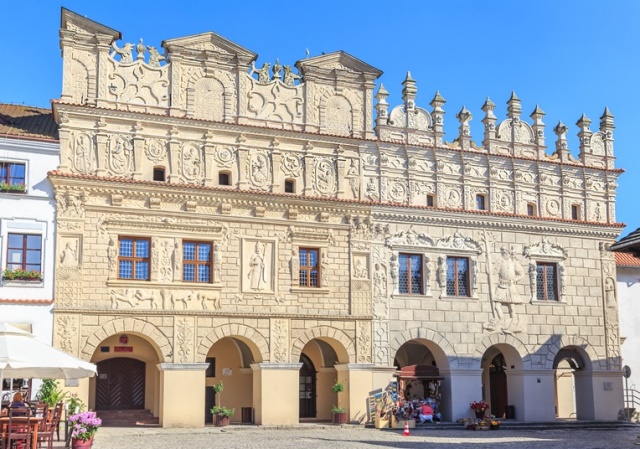
Treblinka – former Nazi death camp
Drive 100–km north–east from Warsaw to visit the site of Treblinka Nazi death camp, where over 800 000 Jews from all over Europe perished in its gas chambers.
The very touching monument and cemetery are all that remains.
